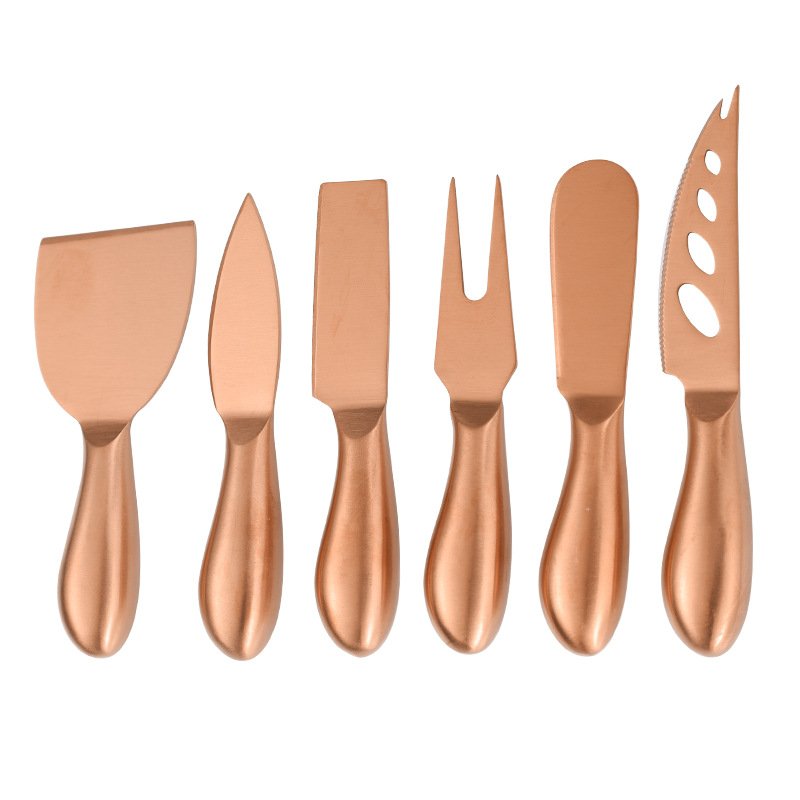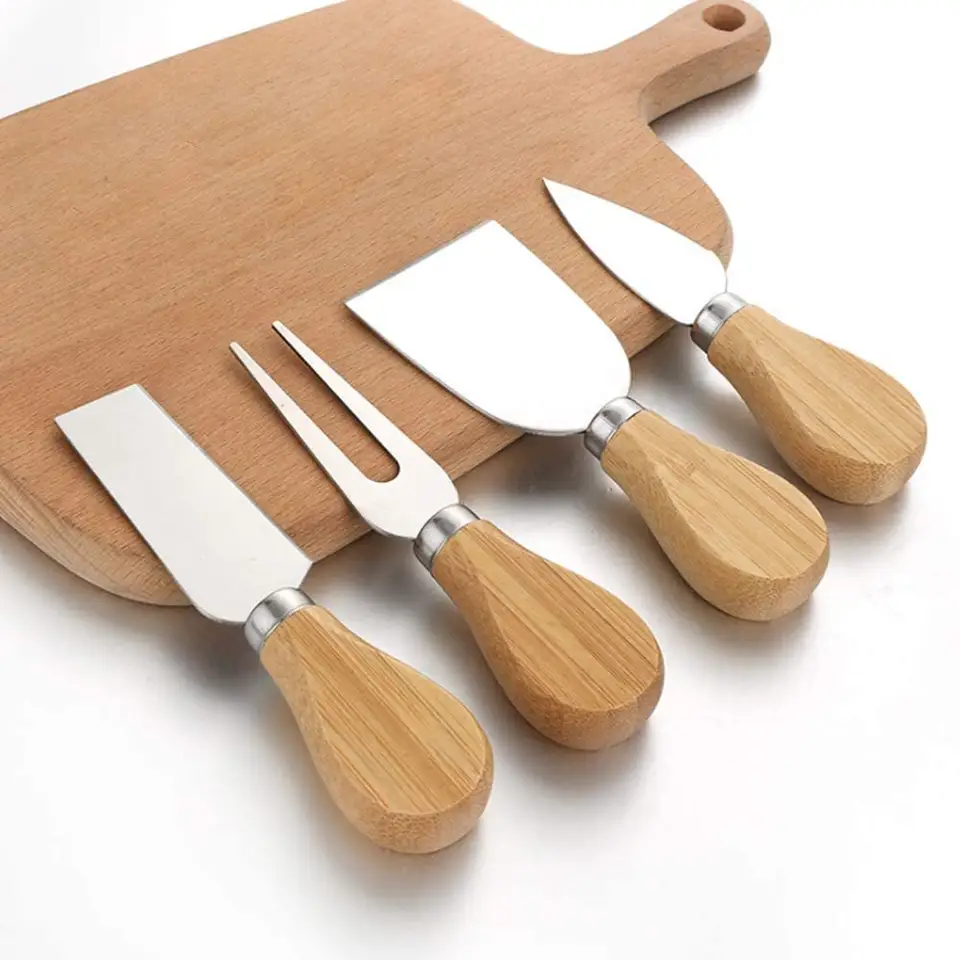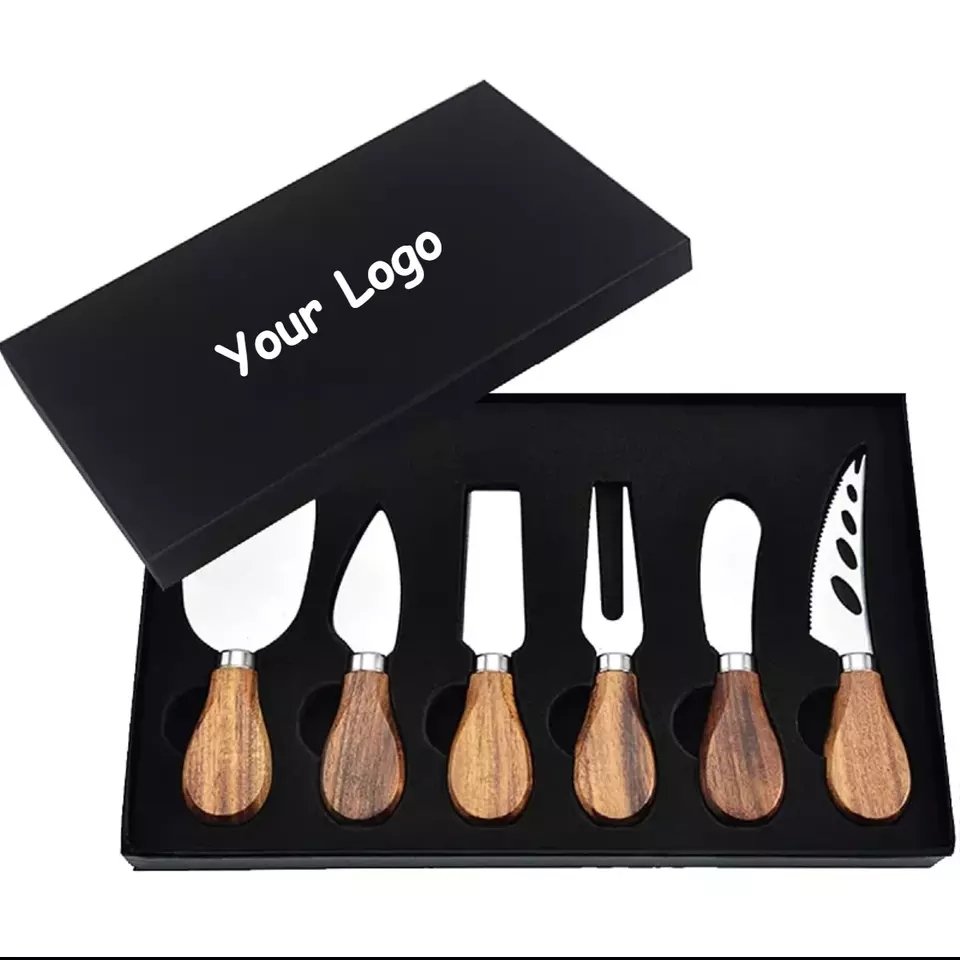When hand tremors make eating frustrating, finding the right solution becomes urgent.
Adaptive eating utensils help people with tremors eat more comfortably and safely by offering stability, better grip, and weight support.
For people with hand tremors, eating can be a daily challenge. Food spills, shaking hands, and frustration at the table can affect health and dignity. But adaptive utensils can help. They are designed not just to assist but to empower. In this article, I’ll walk you through everything I know—from weighted forks to specialized spoons. If you design, buy, or care for someone with tremors, this is for you.
Table of Contents
What adaptive equipment is used for feeding with tremors?
Hand tremors can turn simple meals into exhausting tasks.
The most common adaptive feeding equipment includes weighted utensils, built-up handles, anti-slip mats, and scoop bowls that stabilize food and motion.
Let’s look closer at each piece of equipment and what problem it solves.
1. Weighted Utensils
They are heavier than regular utensils, usually ranging from 170g to 250g. The added weight reduces the effect of hand tremors by counterbalancing uncontrolled movement.
| Feature | Benefit |
|---|---|
| Extra weight | Stabilizes hand movement |
| Ergonomic handle | Makes gripping easier |
| Dishwasher-safe | Easy to clean |

2. Built-up Handles
These handles are thicker and often padded. This design reduces the need for fine motor skills.
| Feature | Benefit |
|---|---|
| Large diameter | Reduces grip effort |
| Non-slip surface | Prevents slipping from hand |
| Foam/rubber padding | Comfort for prolonged use |
3. Anti-Slip Mats and Scoop Bowls
These help keep plates and bowls in place. Many people overlook these, but they’re vital in avoiding food spills.
| Item | Use |
|---|---|
| Dycem mats | Grips plates and bowls to table |
| Scoop dishes | High walls help collect food on spoon |
| Suction plates | Lock onto table surfaces |
Not every item fits every person. It depends on the tremor type, grip strength, and dining environment. That’s why I often suggest starting with one item and observing what works best.
What cutlery is best for tremors?
Not all forks and spoons are created equal.
The best cutlery for tremors is weighted, ergonomically designed, and easy to hold with minimal grip strength.
I’ve tested dozens of designs and learned some patterns. Let’s break this down into practical factors.
Grip Matters Most
People with tremors need control without applying too much pressure. A soft, non-slip grip helps. Foam handles, rubber coatings, or silicone sleeves make all the difference.
| Grip Material | Pros | Cons |
|---|---|---|
| Foam | Light and comfy | Can degrade with washing |
| Rubber | Non-slip and durable | Heavier than foam |
| Silicone | Easy to clean, soft texture | Might be slippery when wet |
Balance and Weight
Some people need added weight to stabilize their motion. But others with weak wrists might prefer lighter tools.
| Weight Level | Best for |
|---|---|
| Light | Mild tremors + weak muscles |
| Medium | Moderate tremors |
| Heavy | Strong tremors + good strength |
Forks, Spoons, and Knives
Forks with curved handles allow easier motion without needing full hand rotation. Spoons with deeper bowls hold food better even if tilted. Knives are tricky—some adapted knives have curved blades or rocker features to allow one-hand cutting.
One size doesn’t fit all. I always ask: “What feels right in your hand?” That answer is more useful than any label.
Do weighted utensils help with tremors?
When tremors shake your hand, does adding weight really help?
Yes, weighted utensils help reduce tremors by stabilizing hand movement and reducing shakiness while eating.
At first, it sounds strange. You add weight to something you can barely control? But here’s what happens: the extra mass reduces quick, unintended movements. It dampens vibration, like shock absorbers.
How Much Weight Helps?
Most weighted utensils weigh 170g to 250g. The sweet spot depends on the user’s hand strength and tremor intensity.
| Weight (g) | Suitable For |
|---|---|
| 170g | Mild tremors |
| 200g | Moderate tremors |
| 250g | Strong tremors + good strength |
Does It Always Work?
No. If someone has weak fingers or arthritis, a heavy spoon can make things worse. They might not lift it well or get tired. That’s why I always suggest testing one piece before buying a set.
Also, weighted cutlery doesn’t solve coordination issues or eye-hand timing. It simply reduces hand-shake.
Sometimes, families think heavier is always better. But I’ve seen users abandon a set just because it felt too tiring.
The goal is not just control—it’s comfort.
What adapted cutlery for shaky hands?
Shaky hands need more than just heavy tools.
Adapted cutlery for shaky hands includes swivel spoons, angled handles, and looped grips that improve control and reduce strain.
Swivel spoons and angle-cut handles are my go-to suggestions. They solve specific movement problems.
Swivel Utensils
These spoons rotate at the neck. When the hand shakes, the bowl stays level. That means less food spills. It works like a shock absorber.
| Type | Benefit |
|---|---|
| Swivel spoon | Bowl stays level during tremors |
| Rocker knife | Allows one-hand cutting |
| Angled handle | Reduces wrist twist |
Looped Handles
These have elastic bands or loops where fingers go in. They reduce the need to grip tightly.
| Feature | Who it helps |
|---|---|
| Looped handle | People with weak grasp |
| Palm grip | People with finger joint pain |
Left vs Right-Handed Designs
Cutlery designed for your dominant hand matters. Left-handed spoons are angled differently.
Too often, people buy based on looks or ads. But the key is testing: Does the hand stay calm? Does food stay on?
Ask the user. Their feedback is always better than theory.

Angled Utensils
These come pre-bent—left or right—so users don’t need wrist rotation. Perfect for people who can lift the utensil but struggle with twisting.
| Feature | Function |
|---|---|
| 40° bent handle | Reduces wrist strain |
| Right/left-specific | Matches hand dominance |
| Soft-grip surface | Enhances stability during use |
Looped and Strap Handles
These are often used in occupational therapy. They wrap around the hand, so the person doesn’t need to grip tightly.
| Feature | Best for |
|---|---|
| Finger loops | Weak grip |
| Hand straps | No grip control |
| Wrist cuffs | Users with severe shaking |
Sometimes, less is more. A user might prefer a simple angled fork over a complex strap design. It depends on preference and dignity. I always ask: “Will you use this every day, or just once to please someone else?”
The most effective adapted utensils are not the most high-tech—they’re the ones that get used.
How to help someone with tremors eat?
Watching a loved one struggle to eat is painful.
To help someone with tremors eat, use adaptive tools, adjust mealtime settings, provide encouragement, and promote independence with dignity.
Helping someone eat isn’t just about handing them a weighted spoon. It’s about changing the whole eating experience.
Environment Setup
Where and how someone eats matters just as much as what they use.
| Change | Impact |
|---|---|
| Lower table height | Easier arm positioning |
| Padded chair arms | Stabilizes elbows |
| Bright lighting | Reduces visual stress |
| Remove distractions | Helps concentration |
Encouragement and Independence
People with tremors often feel embarrassed. They might skip meals in public or avoid eating altogether.
Here’s what I recommend:
– Let them take the lead unless they ask for help
– Don’t rush—allow more time for meals
– Use bibs or clothing protectors discreetly
– Praise effort, not outcome
Sometimes, a supportive word means more than any utensil.
In my experience, the most successful mealtime changes come when we focus on dignity—not just convenience.
What foods to avoid with hand tremors?
Food that’s hard to manage can create stress at every meal.
People with hand tremors should avoid foods that roll, spill easily, or require fine motor control to eat safely and confidently.
Even with the best tools, some foods just don’t cooperate. It’s like trying to eat jelly with chopsticks.
High-Risk Foods
These foods are hard to scoop, control, or chew safely with tremors:
| Food Type | Challenge |
|---|---|
| Peas, corn kernels | Roll off spoons easily |
| Soup or thin liquids | Spill easily |
| Long pasta (spaghetti) | Requires twirling/twisting |
| Slippery fruit (grapes) | Hard to grip, rolls off utensils |
Safer Alternatives
Adjusting the preparation makes a huge difference.
| Safer Food | Preparation Tip |
|---|---|
| Steamed vegetables | Soft, pre-cut |
| Thick soups/stews | Use thicker base like lentils |
| Short pasta (penne) | Easier to spear or scoop |
| Cut-up fruit | Bite-size chunks, peel removed |
| Sandwiches | Easy to hold with one or both hands |
Tips for Family Members
– Cut food into manageable pieces beforehand
– Avoid runny sauces or gravies that slide around
– Use bowls instead of flat plates for better control
Food should be enjoyable—not a battle. Choosing the right meals can make eating feel normal again.
What are adaptive utensils?
Adaptive utensils are more than just kitchen tools.
Adaptive utensils are specially designed eating tools that help people with physical challenges eat independently and safely.
It’s not just about adding a fancy feature. A true adaptive utensil solves a real-life problem.

Key Design Elements
| Feature | Purpose |
|---|---|
| Weight | Stabilizes movement |
| Grip design | Eases grasp for weak or shaky hands |
| Swivel joint | Keeps food level during tremors |
| Angled handle | Reduces wrist motion |
| Universal cuffs | Helps people with no hand control |
Materials Matter
Durability and hygiene are crucial. I prefer stainless steel heads and rubber/silicone handles. They’re easy to clean and hold up well.
| Material | Pros | Cons |
|---|---|---|
| Stainless steel | Strong, dishwasher-safe | Can feel cold or heavy |
| Plastic | Lightweight, colorful | May stain or warp |
| Silicone | Soft, easy grip | Can be slippery when wet |
Users Who Benefit
– Seniors with Parkinson’s
– Stroke survivors
– Children with cerebral palsy
– People with arthritis
– Individuals with multiple sclerosis
It’s not always about tremors. Any physical limitation that affects hand movement can make adaptive utensils a daily essential.
Some people worry these tools are “too medical.” But honestly? Independence looks a lot better than frustration.
What spoon do people with hand tremors use?
Spoons aren’t one-size-fits-all when tremors are involved.
People with hand tremors often use weighted, deep-bowl, or swivel spoons that prevent spills and support better control.
Let’s focus on spoons—arguably the most important utensil for tremor users. It’s used for everything from soup to yogurt to rice.
Swivel Spoons
They rotate at the joint so the bowl stays horizontal as the hand shakes.
| Feature | Benefit |
|---|---|
| Free-rotating | Adapts smoothly to wrist movement |
| Locking option | Converts to fixed-use when needed for stability |
Great for moderate-to-strong tremors.
Weighted Spoons
These are simple but effective.
| Weight | Effect |
|---|---|
| 170–250g | Dampen tremors, improve control |
Look for models with textured handles for better grip.
Deep-Bowl Spoons
The deeper the bowl, the more food it holds—reducing the chance of spills.
| Bowl Shape | Best For |
|---|---|
| Round, deep | Soup, yogurt, stew |
| Oval, shallow | Less effective for tremors |
Material & Handle
Choose stainless steel heads for rigidity. Handles should be thick, padded, or ridged.
I always keep a few different types in my sample kit. You’d be surprised how personal spoon choice can be. What works for one person may not feel right for another.
The best spoon is the one that brings back joy to mealtime.
Eating with tremors doesn’t have to mean giving up independence—adaptive utensils can make every meal easier and more enjoyable.





